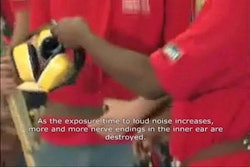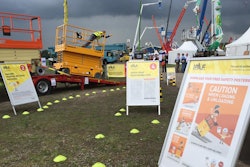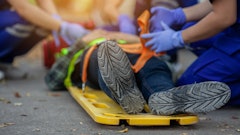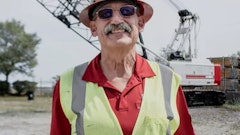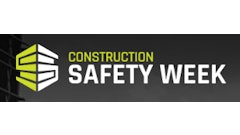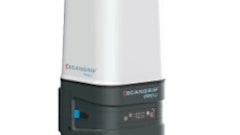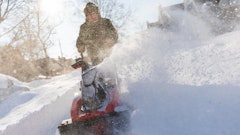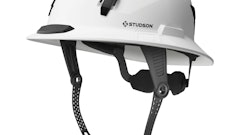
Some of the most hazardous sounds we hear are brief sounds — noises from impacts and impulses. These arise from sources like household tools, construction, industrial noise, firecrackers, guns, and even automotive airbags. The progression of damage to the ear from sounds such as these differs from the gradual hearing loss due to long-term exposure to high-level noise. The various mechanisms will be revealed, as will the related damage-risk criteria for impulse noise that describe how many of those brief sounds as a function of level the ear can tolerate before injury occurs. There still exists serious debate within the scientific community concerning such estimates and how they are derived.
The other part of the story is, of course, what can be done about it? To address this, we will explore hearing protection for such noises, including how hearing protection devices are measured, how they perform, and suggestions for their use. Log in, listen, and learn, so that you and those in your hearing conservation program will never have to miss what you’ve been hearing.
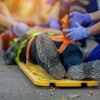


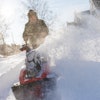
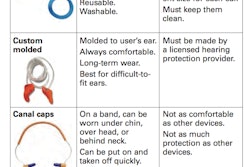
![[VIDEO] Personal Protective Equipment Basics - Hearing & Ear Protection](https://img.forconstructionpros.com/files/base/acbm/fcp/image/2015/10/default.561e6be03ff33.png?auto=format%2Ccompress&fit=crop&h=167&q=70&w=250)
